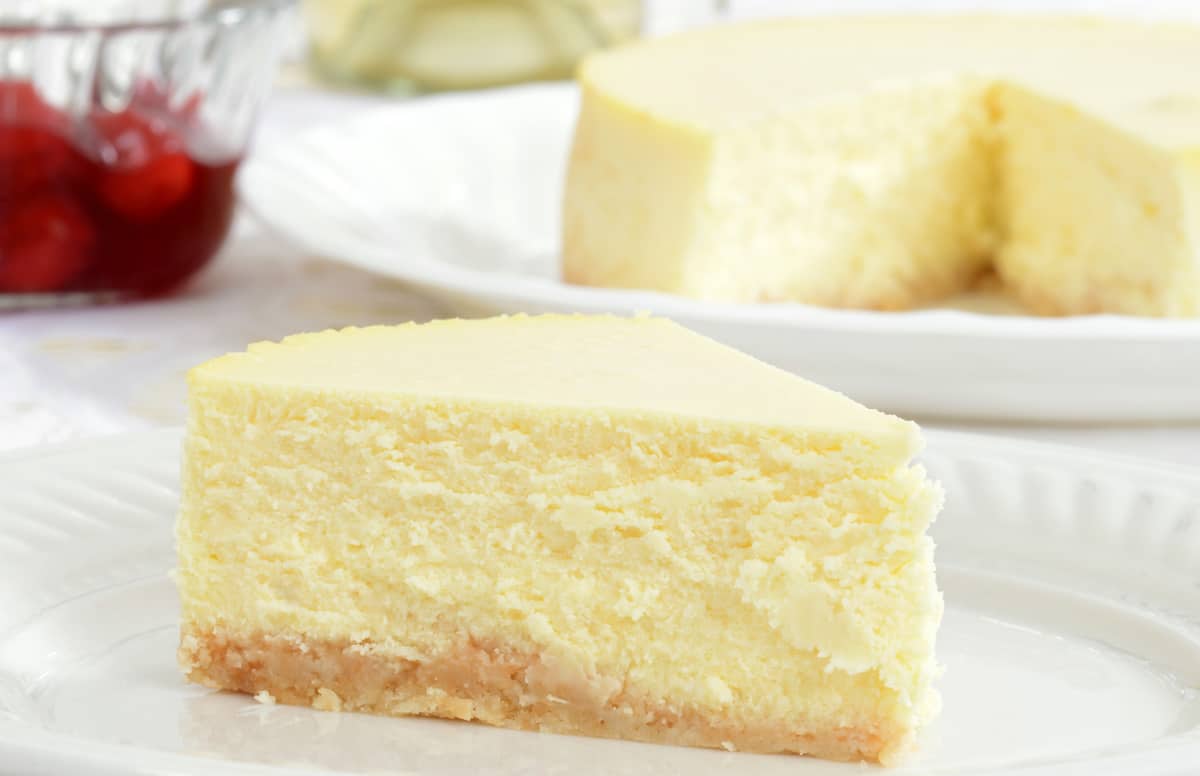

Articles
How Long Can Cheesecake Last In The Freezer
Modified: August 27, 2024
Discover how long cheesecake can last in the freezer and get expert tips in our informative articles.
(Many of the links in this article redirect to a specific reviewed product. Your purchase of these products through affiliate links helps to generate commission for Storables.com, at no extra cost. Learn more)
Introduction
Welcome to the delightful world of cheesecake! Whether you are a fan of the classic New York-style cheesecake or prefer adventurous flavors like raspberry swirl or chocolate caramel, there’s no denying the charm and indulgence of this creamy dessert. And while enjoying a freshly baked cheesecake is a treat in itself, did you know that you can extend its lifespan by freezing it? That’s right! Freezing cheesecake is a fantastic way to preserve its flavor, texture, and quality for an extended period of time.
In this article, we will explore the benefits of freezing cheesecake, provide you with proper storage techniques, explain how to package cheesecake for freezing, recommend the ideal freezing time, discuss the process of thawing frozen cheesecake, and help you identify signs of spoiled cheesecake. So, if you’ve ever wondered how long cheesecake can last in the freezer and how to ensure its deliciousness, you have come to the right place!
Freezing cheesecake offers numerous benefits. Firstly, it allows you to savor this delectable dessert whenever the craving strikes, even if you don’t have the time or ingredients to bake one from scratch. Secondly, freezing cheesecake can save you money, especially if you’ve bought or made a large quantity that you can’t finish in one sitting. Rather than letting it go to waste, you can simply freeze it for later enjoyment.
Another advantage of freezing cheesecake is that it helps to retain its original taste and texture. When properly stored, cheesecake can maintain its moistness and creaminess, ensuring that each bite is just as heavenly as the day it was made. This is particularly beneficial if you have a special occasion or event coming up and want to serve a delicious dessert without the stress of last-minute preparations.
So, now that you know the benefits of freezing cheesecake, let’s delve into the proper storage techniques to ensure maximum freshness and taste.
Key Takeaways:
- Freezing cheesecake extends its shelf life, saves time and money, preserves flavor, and offers versatile dessert options. Proper storage, packaging, and thawing techniques are essential for maintaining its quality.
- Thawing frozen cheesecake slowly in the refrigerator is crucial to retain its texture and flavor. Look out for signs of spoilage and avoid refreezing to ensure a delightful cheesecake experience.
Read more: How Long Can Shrimp Last In The Freezer
Benefits of Freezing Cheesecake
Freezing cheesecake is a game-changer when it comes to preserving this delectable dessert for future enjoyment. Here are some key benefits of freezing cheesecake:
- Extended Shelf Life: One of the primary advantages of freezing cheesecake is that it significantly extends its shelf life. While a freshly baked cheesecake can typically last for about 5-7 days in the refrigerator, freezing can prolong its lifespan for several months. This means you can enjoy your favorite cheesecake flavors even when you don’t have the time or ingredients to make one from scratch.
- Convenient and Time-Saving: Freezing cheesecake offers convenience and saves you time in the long run. By freezing individual portions or even whole cheesecakes, you can have a delicious dessert ready to go whenever you crave it. Whether you’re hosting a gathering or simply want to treat yourself, having frozen cheesecake on hand eliminates the need for last-minute baking or trips to the store.
- Cost-Effective: If you’ve ever bought or made a large cheesecake and couldn’t finish it all, freezing it saves you money by preventing wastage. Rather than throwing away leftovers, you can divide the cheesecake into portions and freeze them for later. This not only allows you to savor your favorite dessert gradually but also helps you stretch your budget by maximizing the value of your cheesecake purchase.
- Preserves Flavor and Texture: When properly stored, freezing cheesecake helps retain its original flavor and texture. The cold temperatures slow down the chemical reactions that can lead to staleness, ensuring that each slice of thawed cheesecake is just as delicious as when it was first made. This is particularly beneficial if you’re planning to serve the cheesecake for a special occasion or event and want it to taste as fresh as possible.
- Versatility: Freezing cheesecake provides you with an array of options for future dessert creations. You can enjoy it as is, or you can incorporate frozen cheesecake pieces into other recipes. From cheesecake milkshakes and parfaits to cheesecake ice cream and even cheesecake-inspired cookies, the possibilities are endless. Freezing cheesecake allows you to experiment and get creative with your culinary endeavors.
With these incredible benefits, freezing cheesecake becomes a practical and rewarding option for any cheesecake lover. But to ensure that your frozen cheesecake retains its quality, there are some proper storage techniques you need to follow. Let’s explore them next.
Proper Storage Techniques
Proper storage techniques are essential to maintain the quality of your frozen cheesecake. Follow these guidelines to ensure that your cheesecake remains delicious and fresh:
- Wrap It Up: Before placing your cheesecake in the freezer, make sure it is properly wrapped to prevent freezer burn and moisture loss. Start by tightly wrapping the whole cheesecake or individual slices with plastic wrap. Then, wrap it again with aluminum foil or place it in an airtight container for extra protection.
- Label and Date: To keep track of your frozen cheesecake, it’s a good idea to label and date each package. This way, you’ll know exactly when it was frozen and can prioritize consuming the older ones first. Use a marker or sticker to clearly indicate the flavor and date on the outer wrapping or container.
- Freeze on a Flat Surface: To prevent the cheesecake from becoming misshapen or cracked during freezing, it’s important to place it on a flat, level surface in the freezer. For full-sized cheesecakes, use a baking sheet or cardboard base to help maintain its shape. For individual slices, you can place them on a tray lined with parchment paper or wrap each slice individually using the aforementioned wrapping technique.
- Optimal Temperature: Set your freezer temperature to 0°F (-18°C) or below to ensure proper freezing. This temperature helps preserve the texture and flavor of the cheesecake and prevents the growth of bacteria or mold.
- Avoid Freezer Odor: Cheesecakes have a tendency to absorb odors from the freezer, which can impact their taste. To prevent this, make sure the cheesecake is well-sealed and placed away from any strong-smelling items in the freezer, such as onions or garlic.
- Keep Away from Heat Sources: Avoid storing frozen cheesecake near heat sources such as ovens, stovetops, or heaters. These can cause uneven thawing and compromise the quality of the cheesecake.
- Rotate and Organize: If you have multiple cheesecakes or slices in the freezer, it’s a good practice to rotate and organize them regularly. This helps ensure that older cheesecakes are consumed first, minimizing the risk of them going to waste.
By following these storage techniques, you can maintain the quality and taste of your frozen cheesecake, making it a delightful treat for months to come. Next, let’s explore how to package your cheesecake for freezing to maximize its freshness and flavor.
How to Package Cheesecake for Freezing
Properly packaging your cheesecake before freezing is crucial to maintaining its quality and preventing freezer burn. Here’s a step-by-step guide on how to package cheesecake for freezing:
- Cool the Cheesecake: Allow your freshly baked cheesecake to cool completely at room temperature before starting the packaging process. This helps prevent condensation and ensures that the cheesecake sets properly.
- Wrap with Plastic Wrap: Start by tightly wrapping the whole cheesecake or individual slices with plastic wrap. Make sure to cover every exposed surface, including the sides and top, to create a tight seal. This will help prevent moisture loss and protect the cheesecake from freezer burn.
- Double Wrap with Aluminum Foil: After wrapping the cheesecake with plastic wrap, double wrap it with aluminum foil for an extra layer of protection. This helps to further insulate the cheesecake and prevent any air or moisture from seeping in.
- Place in an Airtight Container: If you prefer an additional packaging layer, you can place the wrapped cheesecake in an airtight container. This is especially useful for larger cheesecakes or if you plan to stack multiple cheesecakes or slices in the freezer. Make sure the container is clean and dry before storing the cheesecake.
- Label and Date: Remember to label and date each package of cheesecake to keep track of its storage time. Use a marker or label to clearly indicate the flavor and date on the outer packaging, making it easy to identify and prioritize consumption.
- Freeze in the Proper Position: When placing the packaged cheesecake in the freezer, ensure that it sits flat and level to maintain its shape. If you have individual slices, you can stack them vertically with a small sheet of parchment paper between each slice to prevent them from sticking together.
By following these packaging steps, you can protect your cheesecake from freezer burn, maintain its moisture and flavor, and ensure a delicious treat every time you thaw and serve it.
Now that you know how to package your cheesecake for freezing, let’s move on to discussing the recommended freezing time to ensure optimal quality.
Recommended Freezing Time for Cheesecake
The recommended freezing time for cheesecake depends on the type of cheesecake and its storage conditions. However, as a general guideline, cheesecakes can be kept in the freezer for up to 2-3 months without significant loss of quality. It’s important to note that the longer the cheesecake is frozen, the greater the possibility of texture and taste degradation.
When freezing a whole cheesecake, it’s recommended to wrap it tightly with plastic wrap, followed by an additional layer of aluminum foil, and then place it in an airtight container. This multi-layered packaging helps to maintain the cheesecake’s flavor, texture, and moisture content. The same packaging method can be used for individual cheesecake slices.
However, if you anticipate that the cheesecake will be stored for an extended period, exceeding 3 months, it’s advisable to use a vacuum-sealed bag or airtight freezer-safe container to minimize the risk of freezer burn and flavor degradation.
Remember to label the packaging with the date of freezing to keep track of the cheesecake’s storage time. This way, you can prioritize consuming the older cheesecakes first to ensure optimal freshness.
It’s worth mentioning that not all types of cheesecake freeze the same way. While most traditional cheesecakes freeze well, those with delicate toppings like fresh fruit or whipped cream may require extra care. If your cheesecake has toppings, it’s often best to add them after thawing to maintain their texture and visual appeal.
Keep in mind that freezing alters the texture of cheesecake slightly, making it denser. However, once thawed, the taste and overall enjoyment should not be compromised if proper freezing and thawing techniques are followed.
Now that you know the recommended freezing time for cheesecake, let’s move on to the next important step – thawing your frozen cheesecake.
Cheesecake can last in the freezer for up to 2-3 months if stored properly in an airtight container or wrapped tightly in plastic wrap and aluminum foil to prevent freezer burn.
Read more: How Long Can Chocolate Last In The Freezer
Thawing Frozen Cheesecake
Thawing frozen cheesecake properly is crucial to maintain its texture and flavor. Here are some recommended methods for thawing your frozen cheesecake:
- Refrigerator Thawing: The best method for thawing a frozen cheesecake is to transfer it from the freezer to the refrigerator. Place the wrapped cheesecake or container in the refrigerator and allow it to thaw slowly overnight or for about 24 hours. This gradual thawing process helps retain the moisture and prevents the cheesecake from becoming soggy.
- Room Temperature Thawing: If you need to thaw your cheesecake quickly, you can opt for room temperature thawing. Remove the wrapped cheesecake or slices from the freezer and let them sit at room temperature for approximately 1-2 hours. However, bear in mind that this method may affect the texture of the cheesecake, making it slightly softer. It’s recommended to use this method only if you’re planning on consuming the cheesecake immediately.
- Individual Slice Thawing: If you have frozen individual slices of cheesecake and want to thaw only one or two portions, you can remove the desired number of slices from the freezer and let them thaw at room temperature for about 30 minutes. This method allows you to enjoy a slice of cheesecake while keeping the rest frozen for later use.
- Refrigerated and Room Temperature Combination: Another method to consider is a combination of refrigerator and room temperature thawing. Start by transferring the frozen cheesecake from the freezer to the refrigerator for a few hours to initiate the thawing process. Once partially thawed, you can remove it from the refrigerator and let it sit at room temperature for a shorter period to bring it to the desired serving temperature.
Regardless of the method you choose, it’s important to avoid thawing the cheesecake in direct heat or using a microwave, as these methods can result in uneven thawing, unwanted textural changes, or even melting.
Once the cheesecake is fully thawed, it is ready to be enjoyed. Remember to remove any plastic wrap or foil before serving. If you prefer, you can add fresh toppings or garnishes after thawing to enhance the presentation and taste.
If you have leftover thawed cheesecake, it’s best to store it in the refrigerator and consume it within 2-3 days to maintain its freshness.
Now that you know how to properly thaw frozen cheesecake, it’s important to be aware of the signs that indicate the cheesecake may have gone bad. Let’s explore these signs in the next section.
Signs of Spoiled Cheesecake
While freezing cheesecake helps preserve its quality and extend its shelf life, it’s essential to be able to identify the signs of spoiled cheesecake. Here are some key indicators that your cheesecake may have gone bad:
- Mold or Unusual Odor: If you notice any mold growth on the surface of the cheesecake or detect an unpleasant, off-putting odor, it is a clear sign that the cheesecake has spoiled. Discard it immediately, as consuming spoiled cheesecake can lead to foodborne illnesses.
- Discoloration: Pay attention to any significant changes in color. If the cheesecake appears to have dark spots, green patches, or an overall discoloration that is different from its original appearance, it’s likely an indication of spoilage.
- Texture Changes: Check the texture of the cheesecake. If it feels excessively dry or has a slimy or rubbery consistency, it is a sign that the cheesecake has deteriorated and is no longer safe to consume.
- Loss of Creaminess and Flavor: A well-preserved cheesecake should maintain its creamy texture and delicious flavor. If you find that the cheesecake has become grainy, dry, or has a noticeable loss of taste, it may have spoiled.
- Unusual Bubbles or Leaking: Inspect the surface of the cheesecake for any unusual bubbles or liquid oozing out. This can be an indication of fermentation or bacterial growth and should be considered a sign of spoilage.
- Excessive Freezer Burn: Freezer burn occurs when the cheesecake is exposed to air in the freezer for an extended period. It can result in dry, discolored patches on the surface, affecting the taste and texture. While freezer burn does not necessarily mean the cheesecake is spoiled, it can significantly impact its quality.
If you notice any of the above signs, it’s important to err on the side of caution and discard the cheesecake. Consuming spoiled cheesecake can lead to food poisoning and other health risks.
Remember, proper storage techniques, appropriate freezing times, and careful monitoring of your cheesecake can help prevent spoilage and ensure you can enjoy this delectable dessert with peace of mind.
Now that we’ve covered the signs of spoiled cheesecake, let’s move on to some frequently asked questions about freezing and thawing cheesecake.
Frequently Asked Questions
Here are some frequently asked questions about freezing and thawing cheesecake:
- Can you freeze a baked cheesecake?
- How long can cheesecake stay frozen?
- Can you freeze cheesecake with toppings?
- Can you refreeze cheesecake after thawing?
- Can you freeze cheesecake in individual slices?
- Can you thaw and refreeze cheesecake?
- Can you freeze a no-bake cheesecake?
- Can you freeze cheesecake crust?
Yes, you can freeze a baked cheesecake. Wrapping it tightly with plastic wrap and aluminum foil or placing it in an airtight container will help maintain its quality during freezing.
Cheesecake can stay frozen for up to 2-3 months without significant loss of quality. However, for optimal taste and texture, it’s best to consume it within this time frame.
It is generally recommended to freeze cheesecake without toppings. Delicate toppings like fresh fruit, whipped cream, or chocolate ganache can become compromised during freezing and thawing. It’s best to add toppings after thawing.
It is not recommended to refreeze cheesecake once it has been thawed. Freezing and thawing can affect the texture and quality of the cheesecake, and refreezing it can further degrade its taste and texture.
Yes, you can freeze cheesecake in individual slices. Wrap each slice tightly with plastic wrap and aluminum foil, or place them in separate airtight containers to prevent freezer burn and maintain their freshness.
It’s not recommended to thaw and refreeze cheesecake. The repeated process of thawing and refreezing can compromise the taste, texture, and overall quality of the cheesecake.
While you can freeze a no-bake cheesecake, it’s important to note that freezing may affect the texture. No-bake cheesecakes typically have a softer and creamier consistency that might become slightly firmer after freezing.
You can freeze cheesecake crust, but it’s best to do so separately from the cheesecake itself. Freezing the crust alone helps maintain its crispness and prevent it from becoming soggy.
These are just a few of the common questions regarding freezing and thawing cheesecake. Remember to always follow proper storage techniques and use your best judgment when it comes to the quality and freshness of your cheesecake.
Before we conclude, let’s summarize what we’ve learned about freezing and thawing cheesecake.
Conclusion
Freezing cheesecake is a fantastic way to extend its lifespan and enjoy this delightful dessert at your convenience. By properly packaging and storing your cheesecake, you can preserve its flavor, texture, and quality for an extended period of time. Whether you have leftover cheesecake that you want to save for later or want to prepare ahead for a special occasion, freezing is a practical and effective solution.
Throughout this article, we explored the benefits of freezing cheesecake, discussed proper storage techniques, learned how to package cheesecake for freezing, and discovered the recommended freezing time. We also delved into the methods of thawing frozen cheesecake, identified signs of spoiled cheesecake, and addressed some frequently asked questions. Armed with this knowledge, you can confidently freeze and thaw cheesecake while maintaining its deliciousness.
Remember to pay attention to the recommended freezing time, use proper storage techniques, and check for signs of spoilage before consuming frozen cheesecake. By following these guidelines, you can ensure that each slice of thawed cheesecake is as delectable as the day it was made.
So go ahead and indulge in the world of frozen cheesecake, knowing that you have the tools and information to keep it fresh and enjoyable. The next time you have a craving for this creamy treat, you can simply reach into your freezer and savor the delightful goodness of a perfectly preserved cheesecake.
Happy freezing and thawing!
Frequently Asked Questions about How Long Can Cheesecake Last In The Freezer
Was this page helpful?
At Storables.com, we guarantee accurate and reliable information. Our content, validated by Expert Board Contributors, is crafted following stringent Editorial Policies. We're committed to providing you with well-researched, expert-backed insights for all your informational needs.
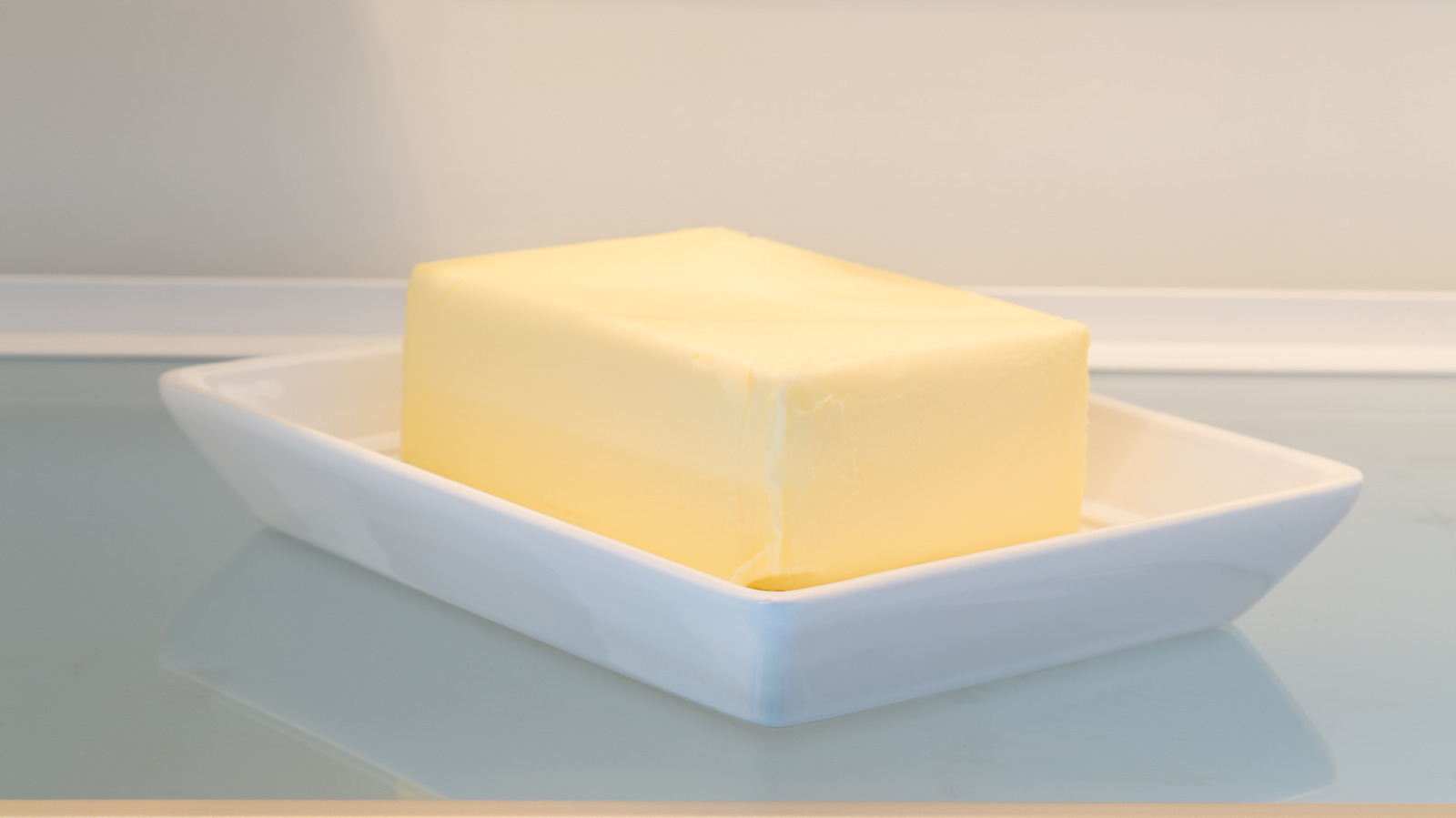
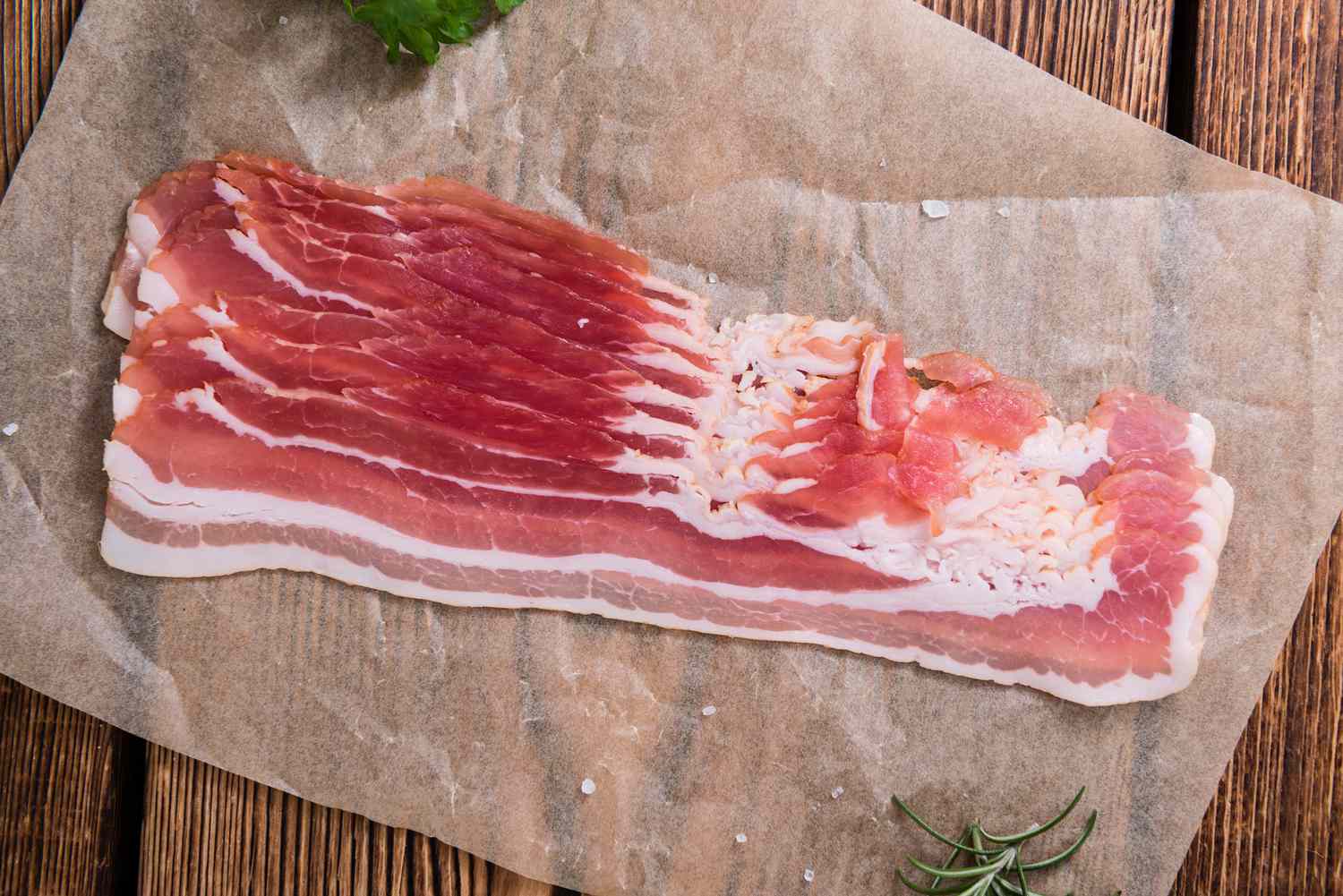
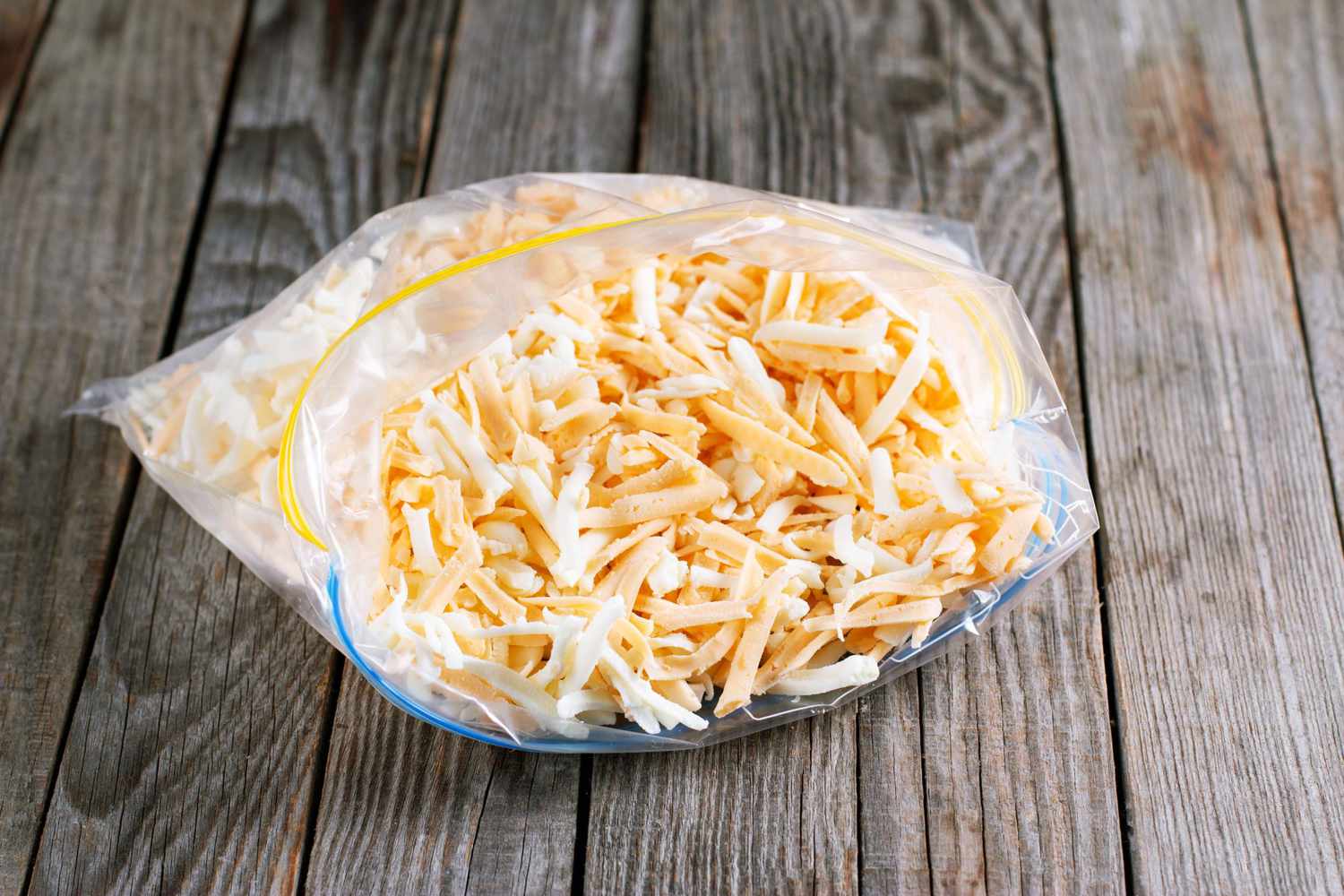
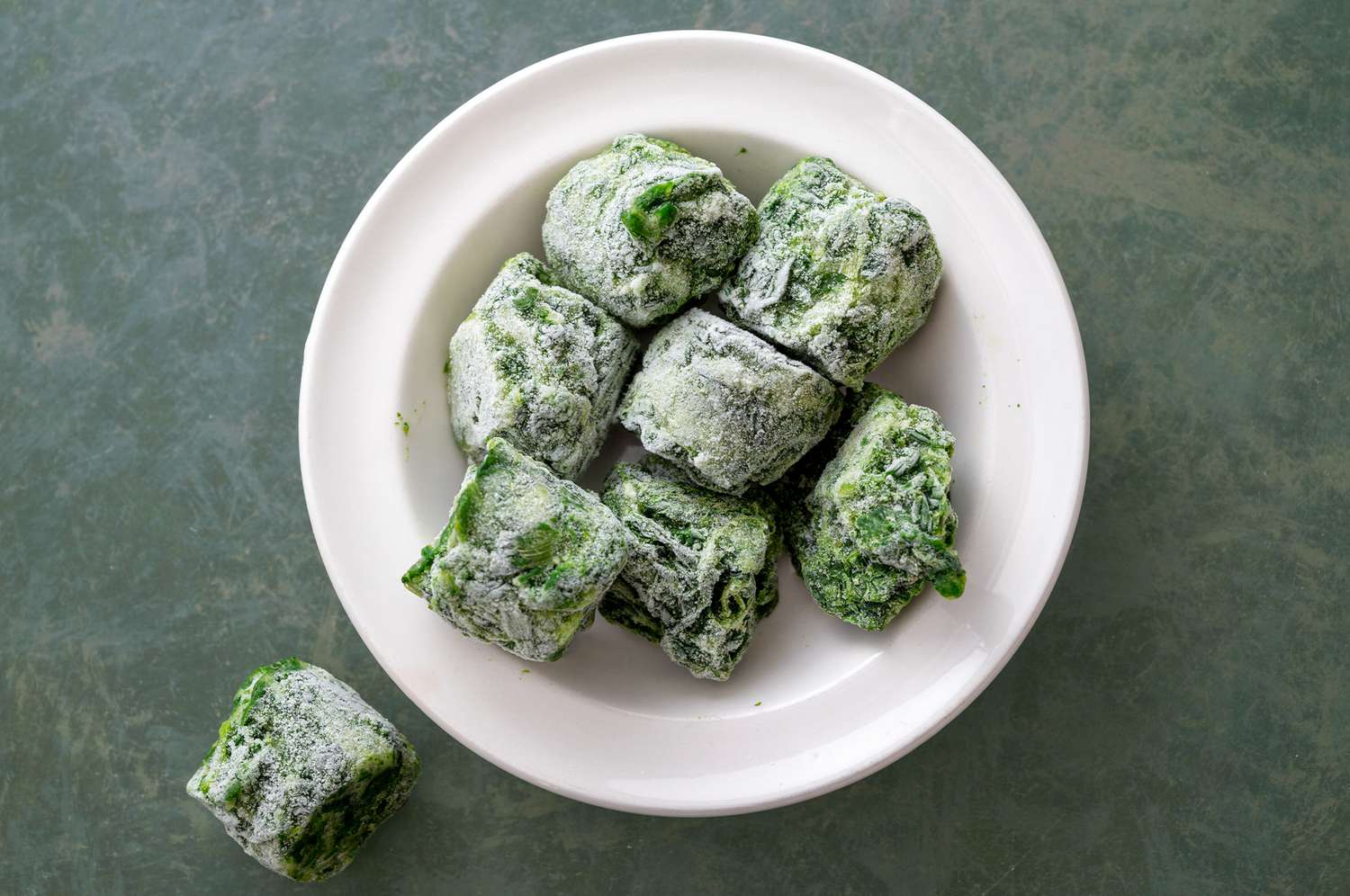
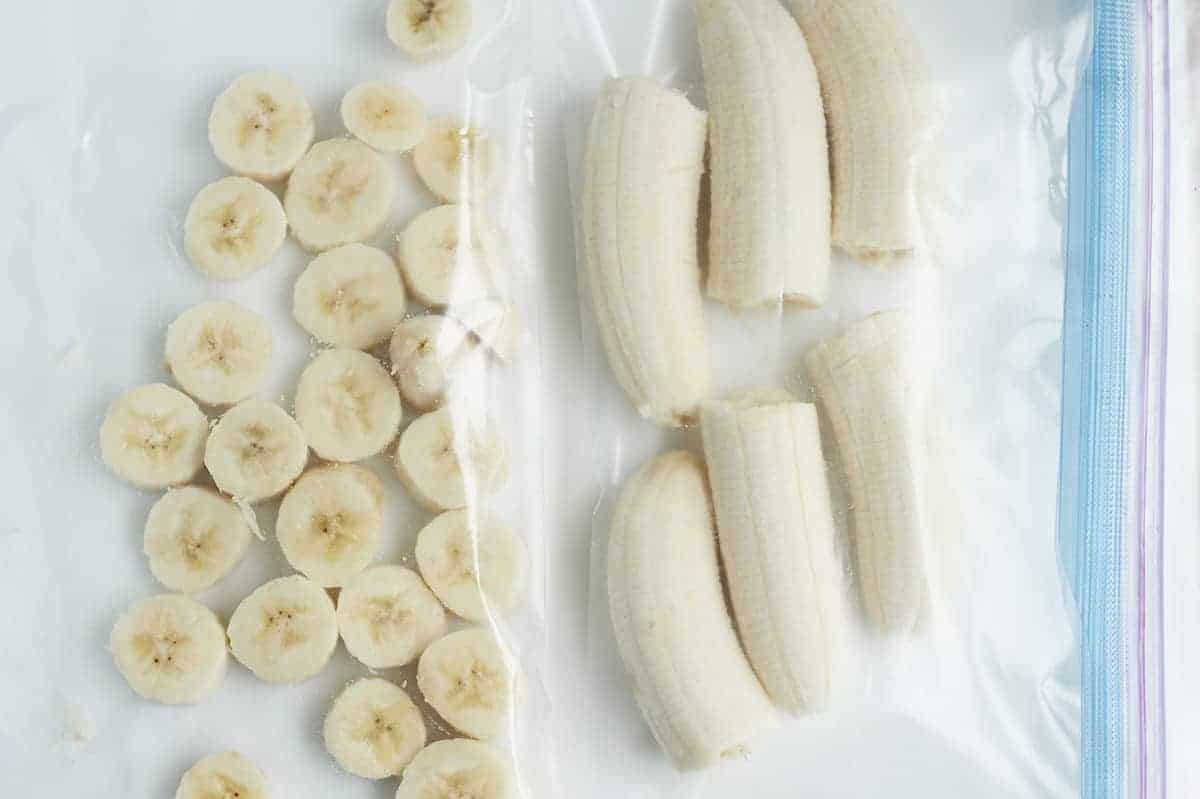
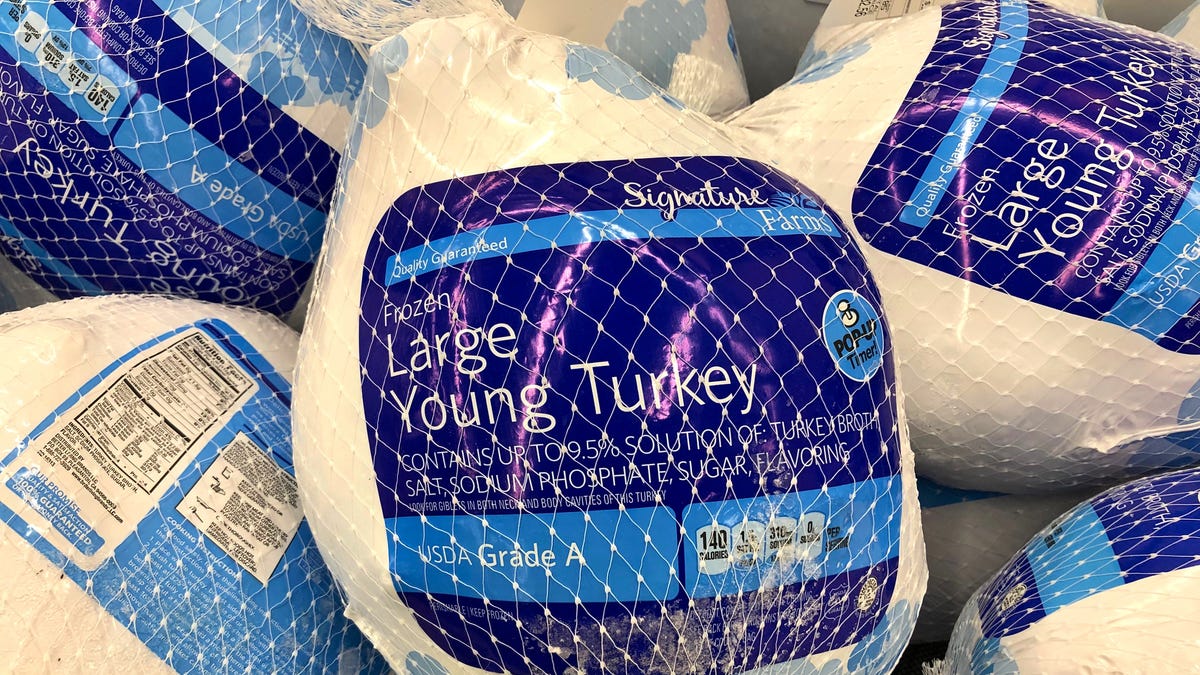
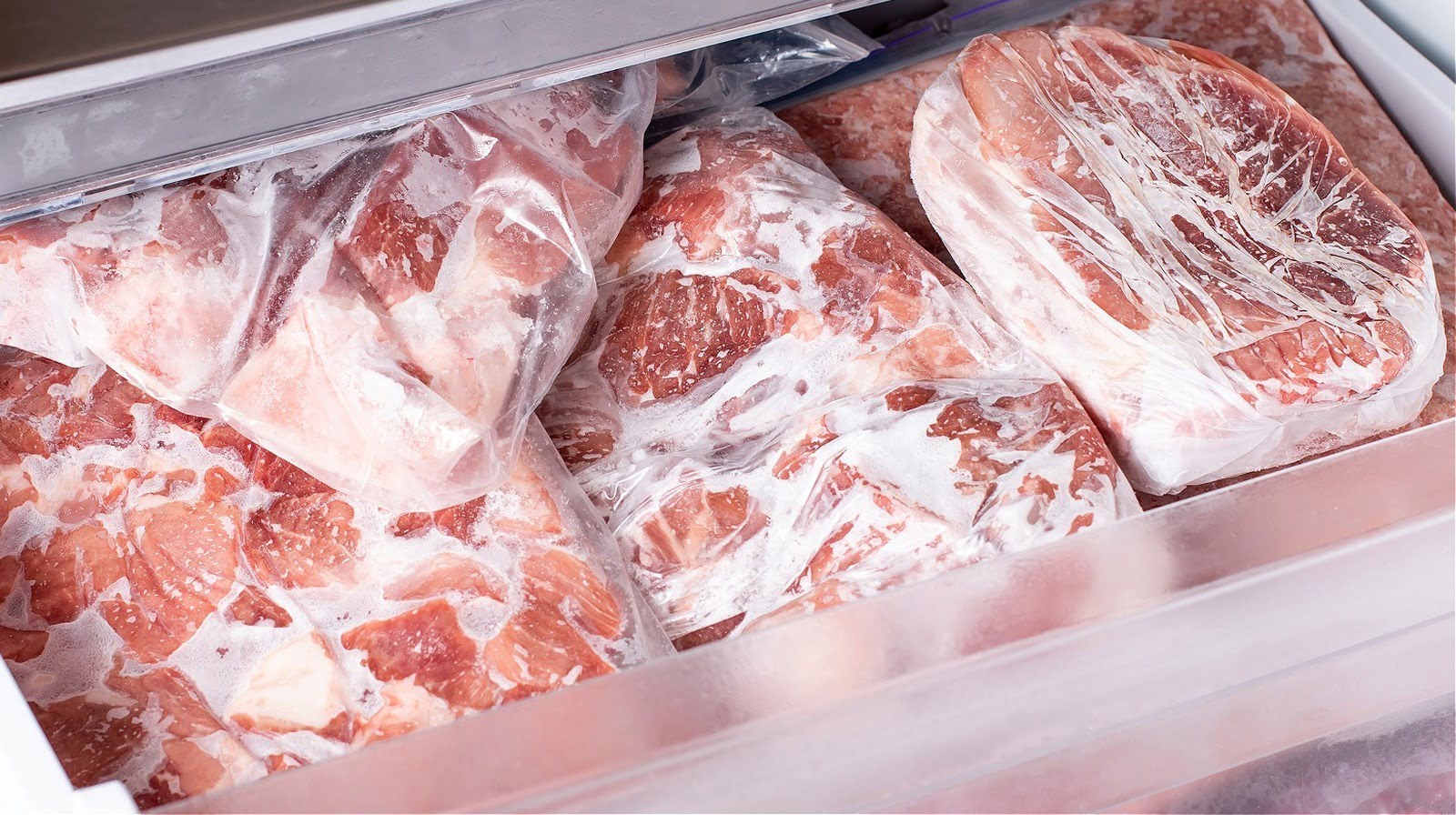
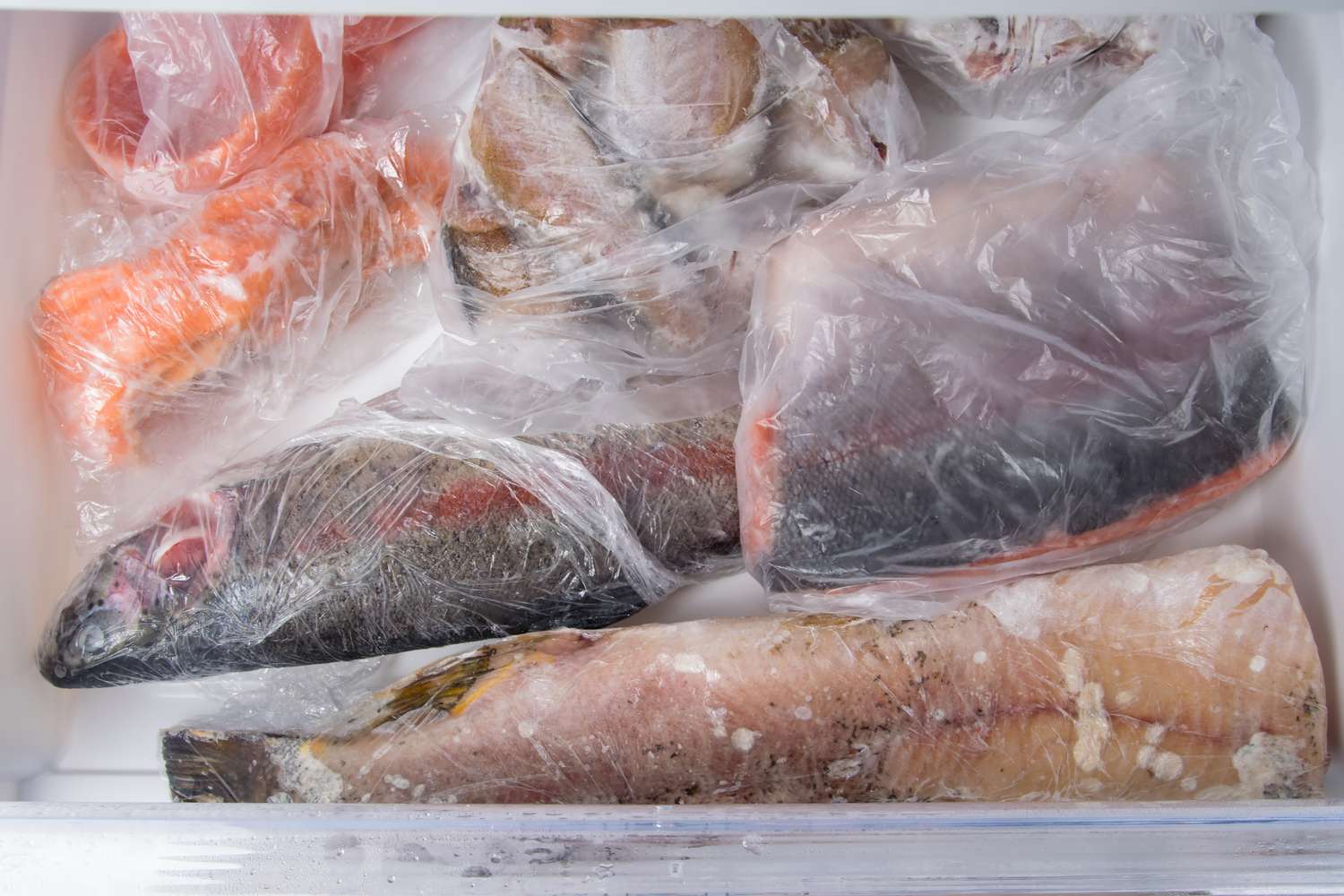
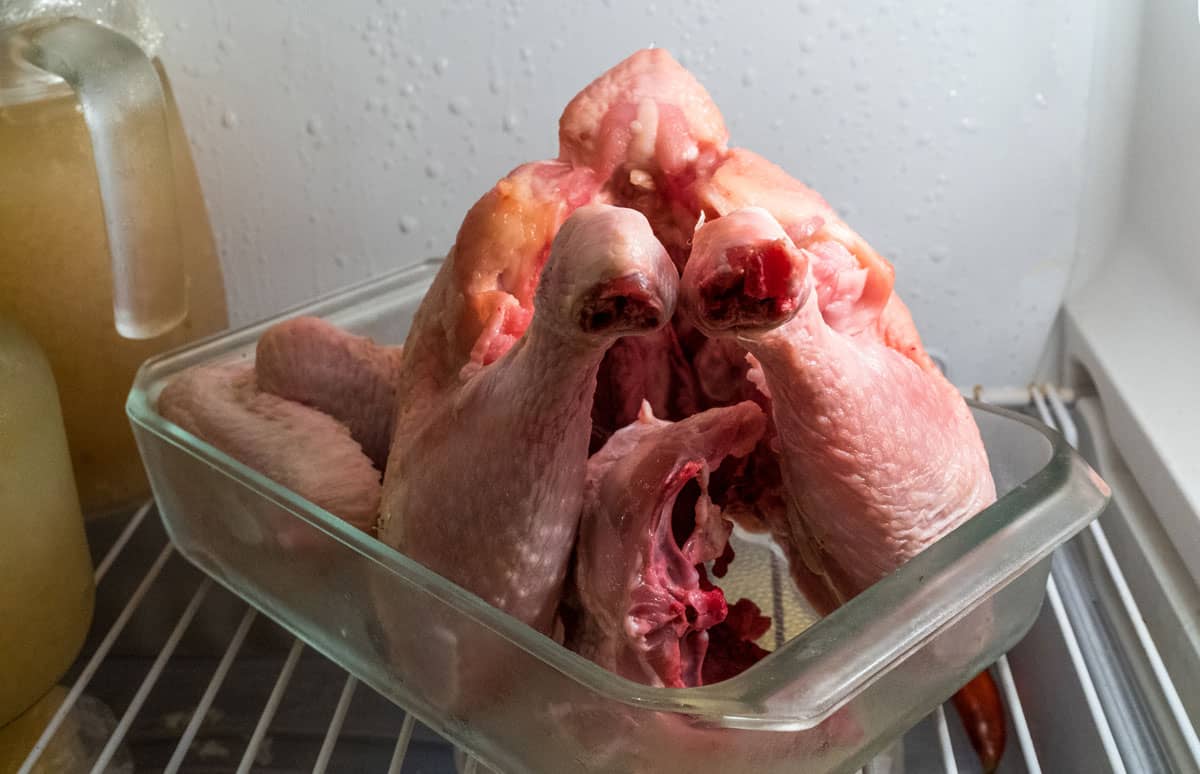
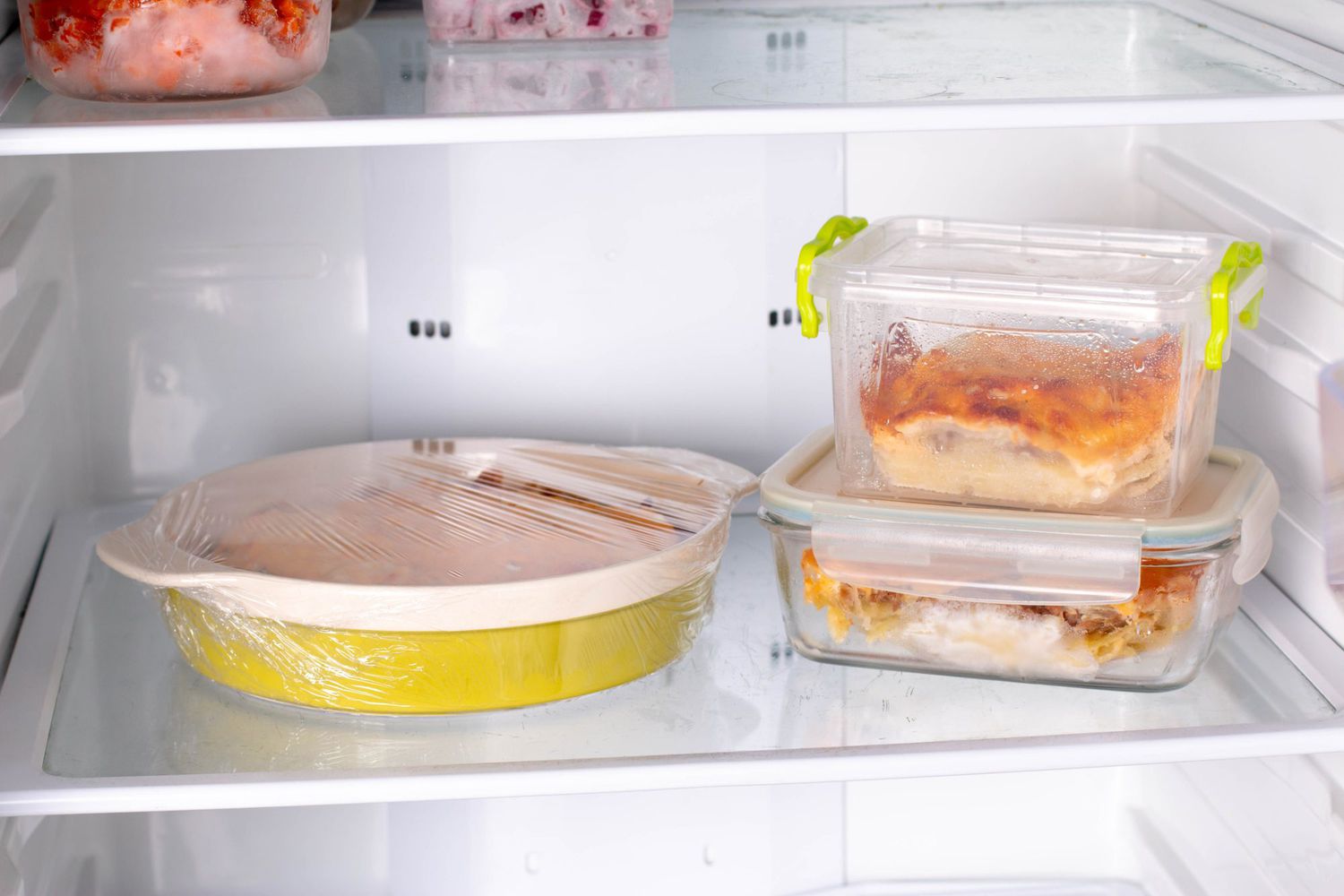

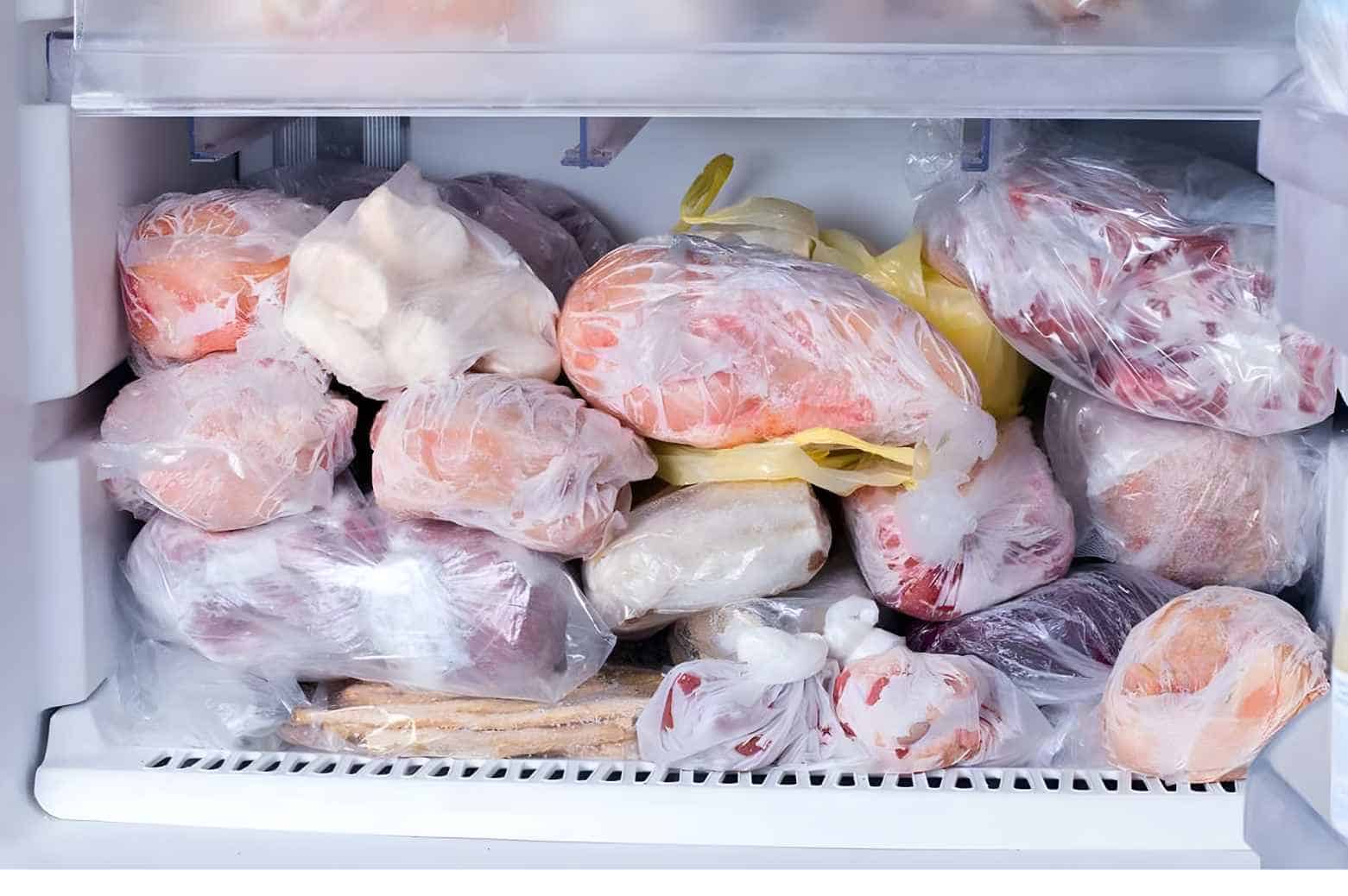
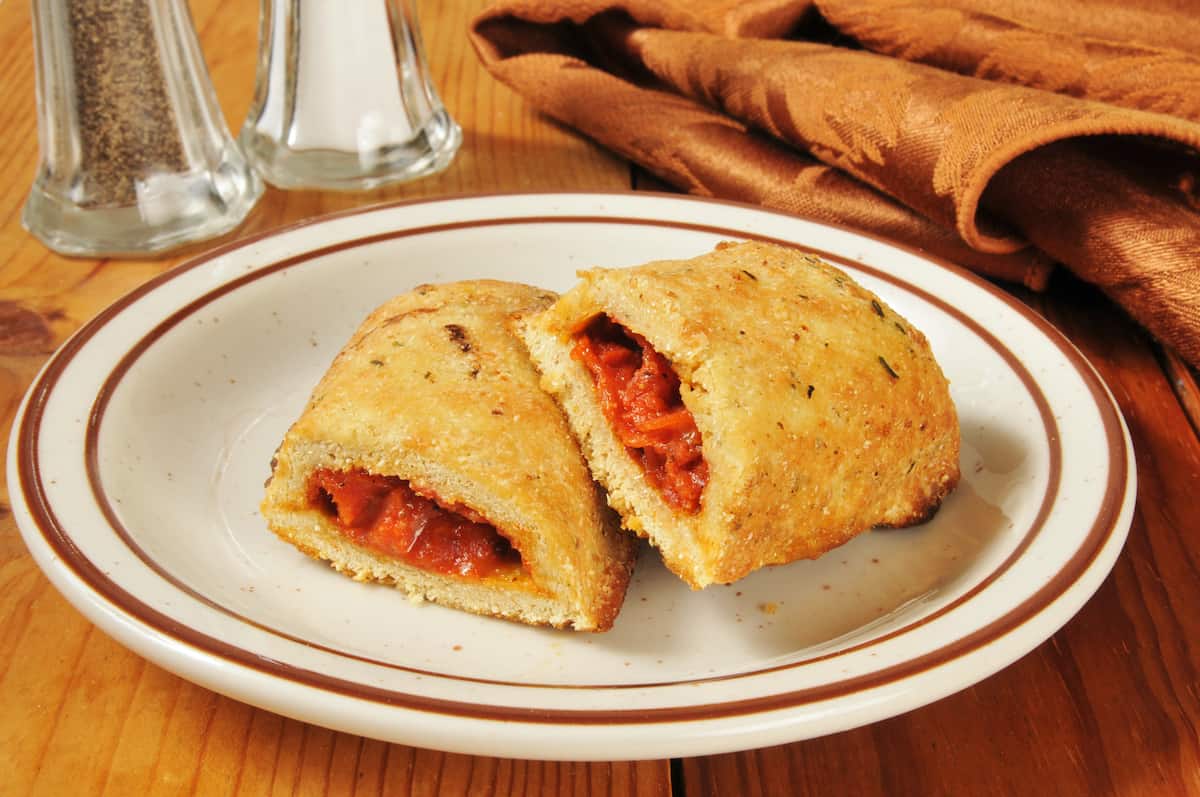
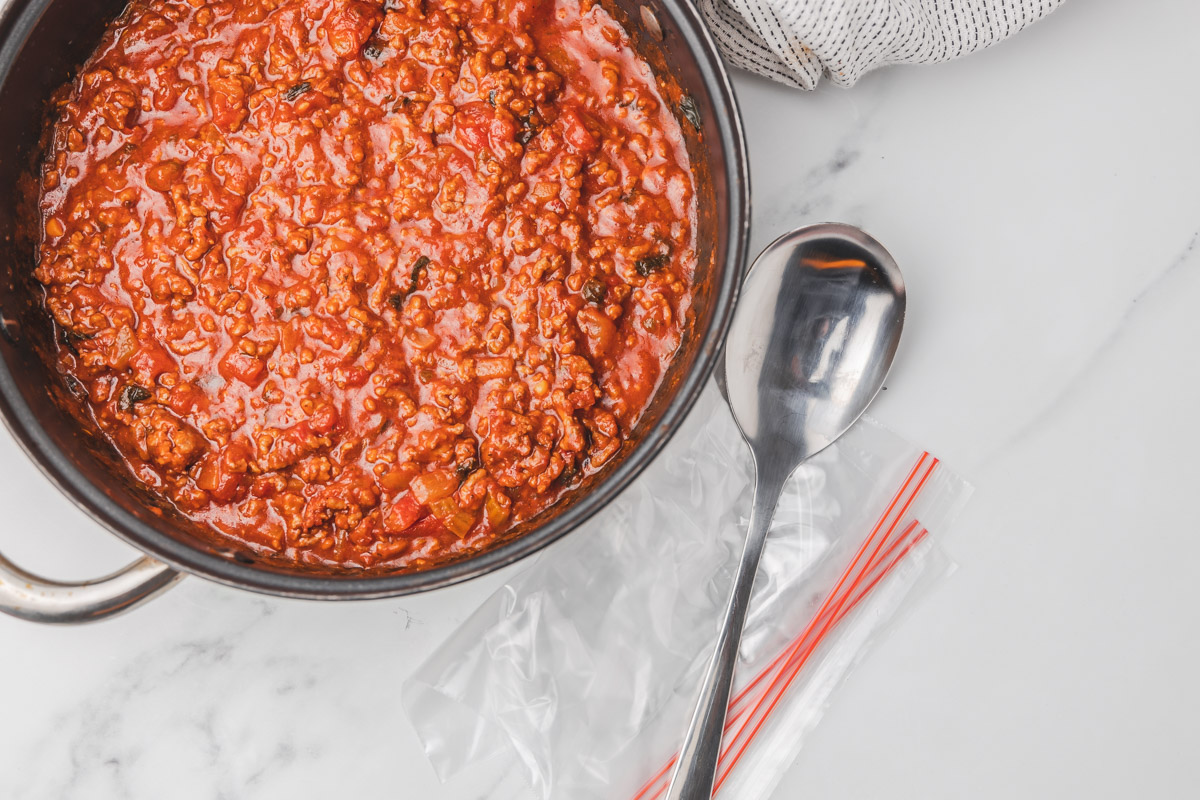

0 thoughts on “How Long Can Cheesecake Last In The Freezer”